Durillo: [Cultivation, Irrigation, Care, Pests and Diseases]
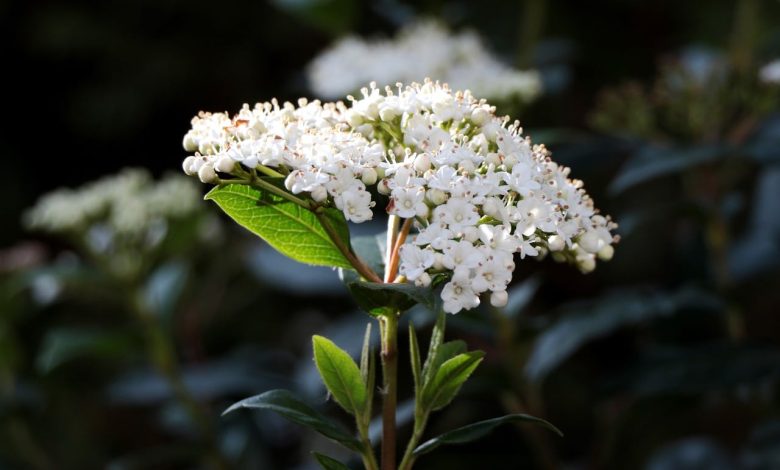
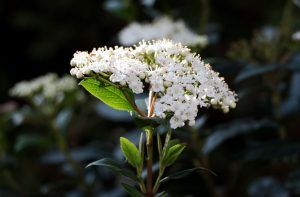 The durillo, or wild laurel, is a plant species that does well in temperate climates where it manages to set the environment in a special way due to its pleasant aroma.
The durillo, or wild laurel, is a plant species that does well in temperate climates where it manages to set the environment in a special way due to its pleasant aroma.
It emits a flower that is sometimes evident in a clean white, while in others it is a rather pinkish hue.
It is easy to prosper when planted by means of cuttings or layers, but this is not the case with seeds.If you are interested in knowing the process to achieve success with this species, take advantage because here we give you everything you need to know.
Important points when sowing durillo
- When? Between spring and summer.
- Where? In semi-shade, protected from the wind.
- How do we prepare the land? With abundant organic matter and very aerated.
- How should we water? Moderately, using lukewarm water in winter.
- How often do you have to water? 3 or 4 times a week in summer and 1 or 2 times in winter.
- What care do you need? Transplanted if kept in a pot, fertilization, pruning, protection with mulch in winter.
- What pests and diseases does it have? The aphid and powdery mildew.
When to plant a durillo?
Laurustinus should be sown between late spring and mid-summer , since this is the time when the branches of the plant are semi-woody.
Where to plant a durillo?
Although it goes by the name of wild, it doesn’t do very well in a full sun location, so it ‘s best planted in semi-shade. In addition, it must be protected from the onslaught of the wind, it being preferable to place it near walls or where a larger plant serves as a block.
As it likes temperate climates, it is capable of withstanding frosts down to -10° C. If it falls below this level in your area, it is better to keep it in pots to protect it.
How to prepare the land?
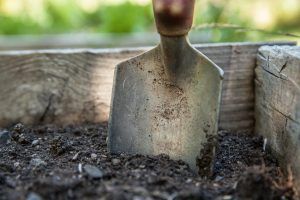 The Laurustinus goes well with many types of soils, preferable those that contain abundant decomposing organic matter .
The Laurustinus goes well with many types of soils, preferable those that contain abundant decomposing organic matter .
In the event that poor soil is available, it is possible to add humus, which stimulates a higher amount of nutrients to be used .
Another important detail is that it is well ventilated . This will be possible to achieve by removing the soil days before planting if it is very compact.
How do we water the durillo?
Irrigation should be done moderately throughout the year, always taking care that the soil is moist but not waterlogged. On summer days, it is better to take advantage of the hours when there is not so much sun, either early in the morning or at sunset in the afternoon.
In the case of winter, warm water should be used to improve the temperature of the roots and do so only on days when the ground is not frozen.
How often do we water the durillo?
Irrigation should be applied depending on the time of year, ensuring soil moisture.This equates to about 3-4 times a week in the summer and at least 1-2 times a week in the winter.
How to plant a durillo step by step?
Laurustinus can be propagated through two main ways: cuttings or layering . Let’s see each one of them.
Multiplication by cuttings
Many plant species reproduce effectively by cuttings as it is a simple and inexpensive process and in this case it is no different.
- Select a plant that is healthy and take a good length cutting , preferably with a semi-woody structure.
- Remove all the leaves that are attached, keeping only the two that are in the highest part to facilitate perspiration.
- Select a growing box with vegetable substrate and bury 65% of the stem , pressing the edges with your fingers so that it remains firm.
- Moisten the soil and keep it in that state always , but without flooding. Also, place the cutting in a place with good light and ventilation but not in direct sunlight.
Under this method, the roots of the cutting will begin to come out at 8 weeks and you can transplant it to a pot or garden when you already see some new leaves.
Layer multiplication
In this case, the unity between the new plant and the one that will be taken as the basis for multiplication is maintained, at least in the early stages of development.
- Take a stem that has a more or less hard consistency and bend it to bury the upper part , at least 4 or 5 centimeters.
- Moisten the soil abundantly at this first time so that the layer settles. It is necessary to maintain a good level of humidity in the following days to facilitate optimal development.
- Wait until the buried layer generates new leaves and proceed to gently separate it from the mother plant.
- Open a hole to extract the new plant and transplant it to another space.
What care does the durillo need?
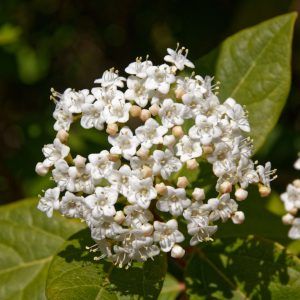 When planting is done in the garden and a good location has been established, there will be no problems throughout its development.
When planting is done in the garden and a good location has been established, there will be no problems throughout its development.
If it is in pots, it will be essential to transplant it every 2 or 3 years to help the roots to be healthy.
In this process of change, the change of substrate for one that is new will be very favorable.
The Laurustinus can be fertilized during the spring and summer days with a Mediterranean plant fertilizer if it is planted outside.When you have it in a pot, the most ideal thing is to take advantage of the liquid fertilizer.
Pruning is best done in late summer or early fall, when the flowering process should have finished.If this is not possible, early spring will also help keep the plant clean and allow it to develop a stronger structure over the next few days.
Of course, although it resists pruning well, you have to organize yourself to affect the least possible amount of structure, removing only the parts that are essential.In areas where winters tend to be very cold and laurustinus is planted outdoors, it will be possible to protect the roots by covering the base of the plant with mulch.
What pests and diseases affect the durillo?
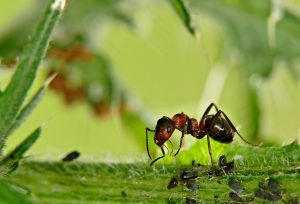 It is quite unlikely that the Laurustinus will suffer attacks from any pest or disease when it is kept in good conditions.
It is quite unlikely that the Laurustinus will suffer attacks from any pest or disease when it is kept in good conditions.
The aphid is one of the main pests that could affect it when it is kept in an area with poor ventilation.
Powdery mildew can be said to be present in spaces where it receives little light , so the location must be defined very well, especially if it is in a pot.
The Laurustinus is a species that is worth having at home, but it is necessary to work with caution because all its parts are toxic.This invites you to be more careful in houses where children and pets live and to use convenient security measures in the case of pruning.



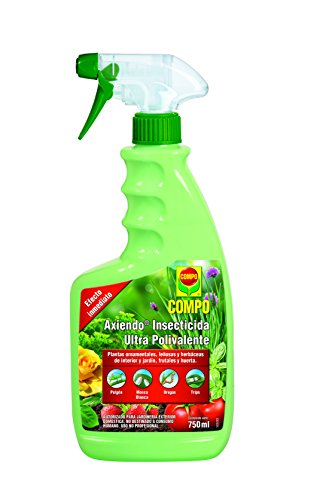
![Photo of Laurel Cuttings: [Grafts, Time, Rooting and Planting]](https://www.complete-gardening.com/wp-content/uploads/2022/08/laurel-cuttings-grafts-time-rooting-and-planting-390x220.jpg)
![Photo of Campanilla: [Cultivation, Irrigation, Care, Pests and Diseases]](https://www.complete-gardening.com/wp-content/uploads/2022/08/campanilla-cultivation-irrigation-care-pests-and-diseases-390x220.jpg)
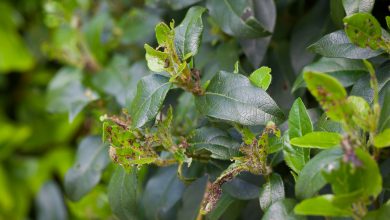
![Photo of Purple Flowers: [List, Examples, Characteristics and Care]](https://www.complete-gardening.com/wp-content/uploads/2022/08/purple-flowers-list-examples-characteristics-and-care-390x220.jpg)